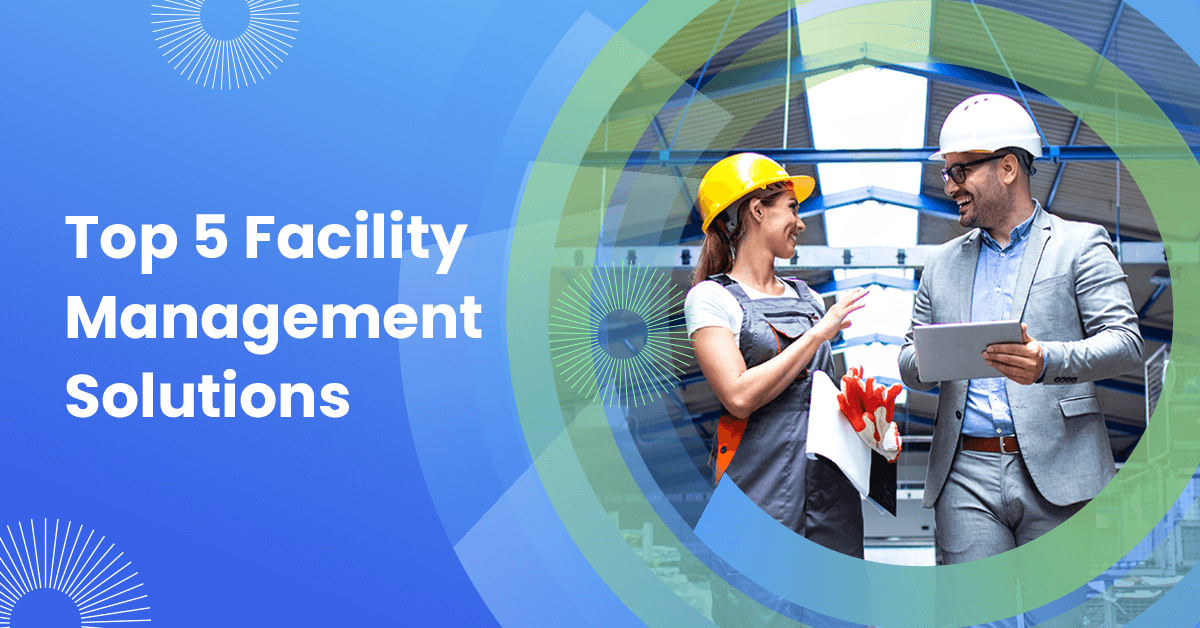Make Best Use Of Performance and Safety And Security: Ideal Practices in Center Management
In today's rapidly evolving landscape, optimizing effectiveness and safety in center management has actually come to be an essential focus for companies aiming to enhance operational performance. By incorporating clever technology, focusing on maintenance procedures, and promoting a culture of safety, center supervisors can considerably enhance both efficiency and compliance.
Embrace Smart Innovation

Executing wise sensing units and automation systems enables accurate tracking of environmental conditions, tenancy levels, and devices performance. This data-driven approach not just notifies decision-making but also supports predictive maintenance, reducing downtime and prolonging asset life. Additionally, clever modern technology enhances customer experience by producing adaptive environments that react to the demands of occupants.
Integrating smart systems additionally advertises sustainability initiatives, such as energy-efficient lighting and heating and cooling systems, adding to decreased carbon footprints. By accepting these developments, center managers can guarantee that their operations continue to be affordable, durable, and lined up with modern sustainability goals. Ultimately, the shift in the direction of clever technology represents a transformative step in redefining center administration for a more effective and sustainable future.
Prioritize Routine Upkeep
Routine upkeep is important for guaranteeing the long life and performance of center operations. A well-structured upkeep program not just expands the life of devices and framework however also decreases the possibility of unforeseen failings that can disrupt procedures. By prioritizing regular upkeep, center supervisors can identify possible issues early, enabling prompt treatments that lessen expensive fixings and downtime.
Developing a regular upkeep schedule is essential. This ought to include routine assessments, maintenance, and required repairs for all tools, HVAC systems, pipes, and electrical systems. Using an electronic maintenance monitoring system (CMMS) can improve this process, providing tracking and signals for upcoming upkeep jobs.
In addition, promoting a culture of responsibility among team boosts the effectiveness of upkeep initiatives. Educating employees to report and identify upkeep problems can result in proactive management rather than reactive reactions. Additionally, documenting upkeep activities ensures conformity with safety and security laws and provides useful insights for future preparation.
Implement Security Training Programs
An extensive safety and security training program is important for promoting a safe workplace in any facility. Facility Management. Such programs furnish employees with the knowledge and skills needed to determine hazards, apply security procedures, and respond efficiently in emergencies. By prioritizing security training, companies can significantly reduce the risk of injuries and mishaps, thus boosting total productivity
To implement an effective safety and security training program, it is critical to customize the web content to the certain requirements of the click this site center and its operations. This includes carrying out a detailed threat analysis to recognize prospective dangers one-of-a-kind to the office. Training ought to incorporate a selection of topics such as correct equipment usage, emergency discharge procedures, and emergency treatment methods.
In addition, it is vital to engage employees actively throughout training sessions. Using real-life situations and hands-on demonstrations can boost understanding and retention of safety practices. Routine refresher course courses ought to additionally be arranged to maintain security awareness at the forefront.
Optimize Room Usage
Efficient space application is a critical part of center monitoring that directly impacts functional performance and cost-effectiveness. Organizations Homepage often deal with underutilized or overcrowded rooms, resulting in inadequacies and raised expenditures. To maximize area utilization, facility supervisors ought to perform routine assessments to determine just how spaces are currently being used and where improvements can be made.
Implementing versatile workspace designs, such as open office formats or modular furnishings, can significantly improve flexibility to transforming requirements. Furthermore, leveraging technology, such as space management software program, can offer beneficial understandings right into tenancy patterns and aid determine underused areas.

Establish Clear Interaction Networks
Enhancing room use frequently reveals the requirement for robust interaction strategies within a center. Clear communication networks are vital for facilitating effective partnership among team, maintenance teams, and administration. By establishing these channels, center supervisors can make certain that info moves perfectly concerning room use, operational adjustments, and safety and security procedures.
Implementing a multi-faceted interaction strategy-- combining digital systems, such as emails and group collaboration tools, with in person communications-- can significantly boost involvement and info dissemination. Routine conferences need to be set up to review continuous jobs, address problems, and share updates. In addition, developing a centralized details hub, such as an intranet, permits staff members to accessibility crucial files and statements easily.
Furthermore, comments mechanisms are necessary to gauge the efficiency of communication techniques. Urging personnel to share their understandings can bring about renovations and foster a culture of visibility. Training programs concentrated on communication skills can even more empower staff members to convey information clearly and effectively.
Ultimately, developing clear interaction networks not only takes full advantage of efficiency yet also enhances safety and security by making certain that every person is notified site link and aligned with the center's functional goals.

Verdict
To conclude, the integration of smart technology, routine upkeep, comprehensive security training, optimized room use, and effective interaction channels jointly enhances effectiveness and safety in facility administration. By leveraging IoT and AI for real-time monitoring, organizations can minimize functional expenses while guaranteeing compliance with safety guidelines. A proactive method to upkeep and training promotes a much safer workplace atmosphere, inevitably leading to improved efficiency and organizational success. These ideal practices work as crucial parts for effective center monitoring.
In today's swiftly developing landscape, optimizing effectiveness and safety and security in center monitoring has actually ended up being a crucial emphasis for companies striving to enhance functional efficiency. By integrating smart technology, prioritizing upkeep procedures, and fostering a culture of safety and security, facility supervisors can dramatically enhance both performance and conformity.To implement an effective safety and security training program, it is vital to tailor the web content to the certain requirements of the facility and its procedures. By developing these channels, center supervisors can make certain that information moves effortlessly relating to space usage, functional changes, and safety methods.
In verdict, the integration of smart technology, normal upkeep, comprehensive security training, optimized area utilization, and reliable communication networks collectively enhances effectiveness and security in center monitoring. - Facility Management